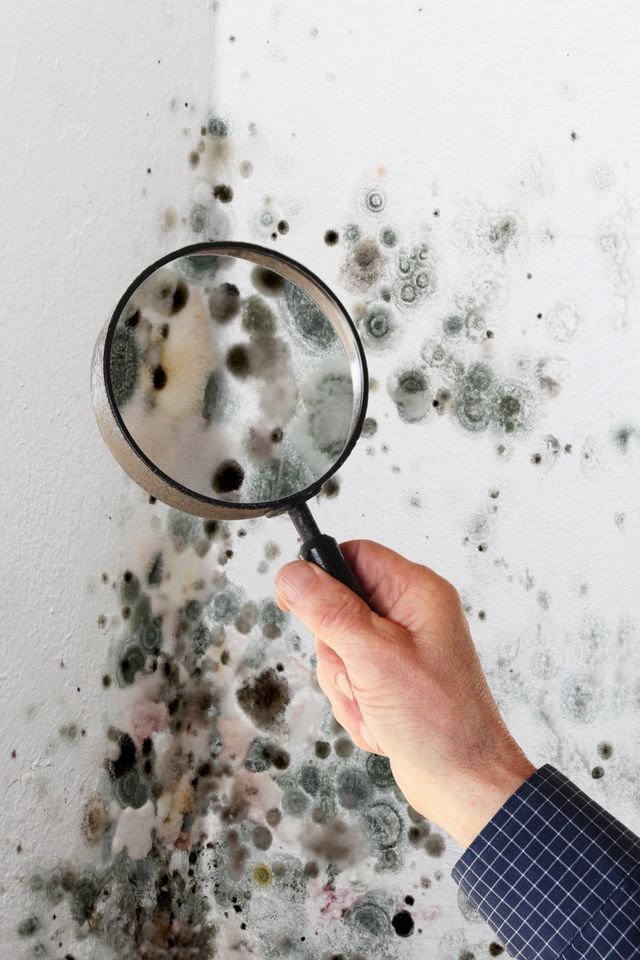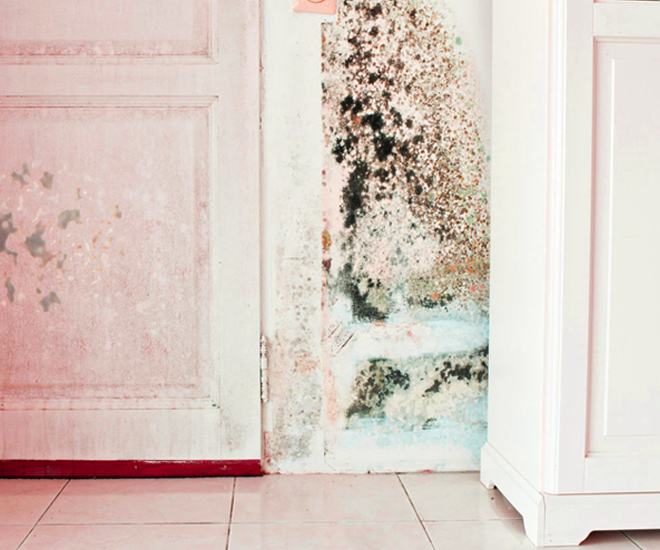After Mold Remediation Methods for Tidy Spaces
After Mold Remediation Methods for Tidy Spaces
Blog Article
Your Ultimate Overview to Article Mold And Mildew Removal Methods
Navigating the realm of post-mold remediation strategies is a thorough procedure that demands interest to detail and a comprehensive understanding of the intricacies entailed. In the results of mold and mildew invasion, knowing just how to effectively get rid of the mold and prevent its reoccurrence is vital for preserving a healthy interior atmosphere. From selecting the best cleaning and sanitizing methods to implementing techniques for long-lasting mold avoidance, each action in the removal journey plays an essential duty in making sure an effective result. As we embark on this expedition of post-mold remediation strategies, we will certainly uncover the crucial strategies and ideal methods that can help you recover your room to its pre-mold condition and secure it against future mold and mildew dangers.
Recognizing Post-Mold Remediation Refine
After finishing the mold and mildew removal process, it is important to comprehend the post-mold remediation techniques that are essential to ensure a complete and efficient clean-up. When the mold has actually been gotten rid of, the following step involves cleansing and decontaminating the affected locations to avoid any type of regrowth of mold. This consists of utilizing specialized cleaning representatives to wipe down surfaces and kill any continuing to be mold spores. It is important to dry the area completely to prevent the development of mold in the future (Post Mold remediation cleaning). Appropriate ventilation and dehumidification can help in this process.
Additionally, performing a final inspection post-remediation is crucial to ensure that all mold has actually been effectively eradicated. This assessment needs to involve a comprehensive aesthetic check along with possibly air sampling to validate the absence of mold spores airborne. If the inspection exposes any remaining mold and mildew, added remediation might be necessary. Educating occupants on precautionary actions such as controlling dampness degrees and promptly attending to any kind of water leakages can assist preserve a mold-free setting.
Efficient Cleaning and Disinfecting Techniques

Protecting Against Future Mold Development

Significance of Proper Air Flow
Appropriate ventilation plays a crucial role in protecting against wetness build-up, a crucial aspect in mold development within indoor settings. Reliable air flow systems help get rid of excess humidity from the air, lowering the possibilities of mold and mildew spores finding the dampness mold removal specialist near me they need to spread and germinate. Without appropriate ventilation, interior areas can become a reproduction ground for mold, leading to prospective wellness risks and structural damages.
By ensuring proper air blood circulation, air flow systems can also assist in drying damp areas quicker after water damage or flooding events, additionally deterring mold development. Post Mold remediation cleaning. In rooms like bathrooms, kitchens, attics, and basements where moisture levels tend to be greater, setting up and maintaining effective ventilation systems is crucial in avoiding mold problems

Monitoring and Upkeep Tips
Provided the vital function that proper air flow plays in avoiding mold and mildew development, it is imperative to develop effective surveillance and maintenance tips to make certain the ongoing performance of air flow systems. Routine examinations of ventilation systems ought to be conducted to look for any indicators of blockages, leakages, or malfunctions that can hinder correct airflow. Surveillance humidity degrees within the residential property is also critical, as high humidity can add to mold development. Installing a hygrometer can aid track humidity levels and sharp house owners to any spikes that may need attention. In addition, making sure that air filters are routinely cleaned up or changed is important for preserving the efficiency of the ventilation system. Carrying out a timetable for routine maintenance jobs, such as air duct cleaning and heating and cooling system examinations, can help stop issues before they intensify. By remaining aggressive and attentive to the condition of ventilation systems, building proprietors can properly minimize the threat of mold regrowth and maintain a healthy indoor atmosphere.
Verdict
In verdict, post-mold removal strategies are vital for making sure a clean and secure atmosphere. Understanding the procedure, carrying out effective cleansing and decontaminating techniques, avoiding future mold and mildew growth, maintaining correct air flow, and regular surveillance are all vital steps in the remediation procedure. By complying with these standards, you can effectively eliminate mold and mildew and stop its return, functioning or promoting a healthy and balanced living area for all occupants.
In the results of mold problem, knowing just how to properly eliminate the mold and mildew and prevent its reoccurrence is vital for maintaining a healthy and balanced indoor atmosphere. As soon as the mold has actually been removed, the following step includes cleansing and disinfecting the impacted locations to stop any kind of regrowth of mold content and mildew - Post Mold remediation cleaning. After getting rid of noticeable mold development, it is crucial to clean up all surface areas in the damaged location to eliminate any staying mold and mildew spores. To better enhance mold and mildew avoidance measures, it is vital to attend to underlying concerns that originally led to mold advancement.Given the important duty that correct air flow plays in preventing mold and mildew development, it is essential to develop efficient surveillance and maintenance tips to ensure the continued functionality of ventilation systems
Report this page